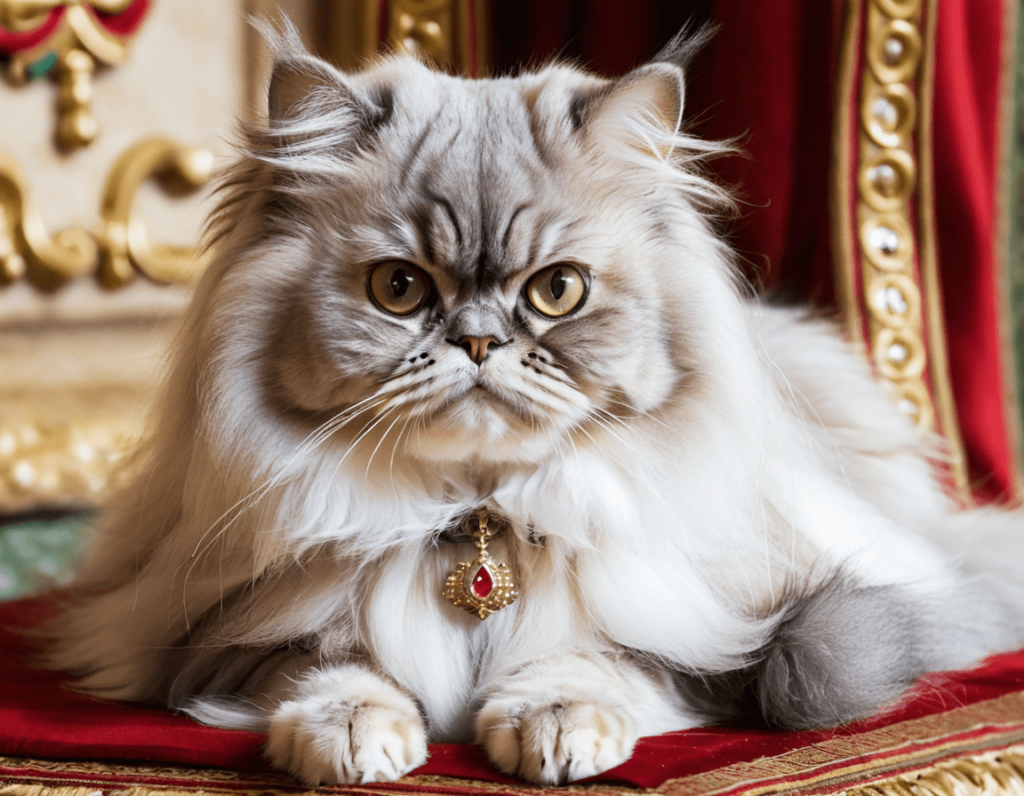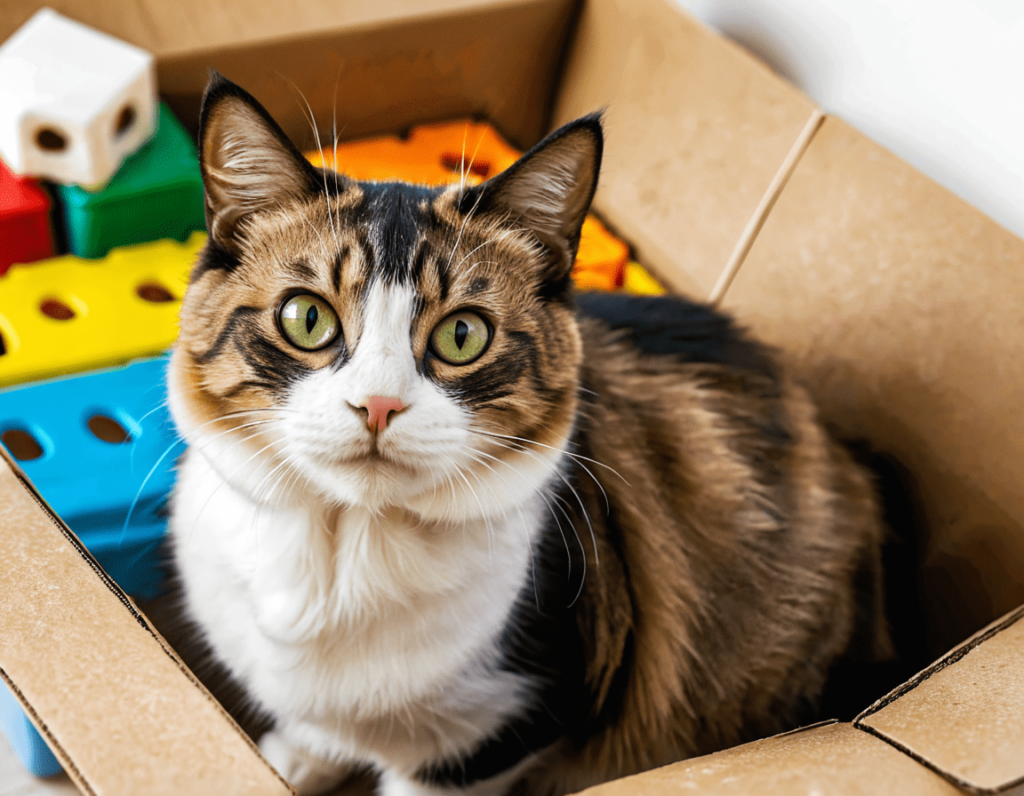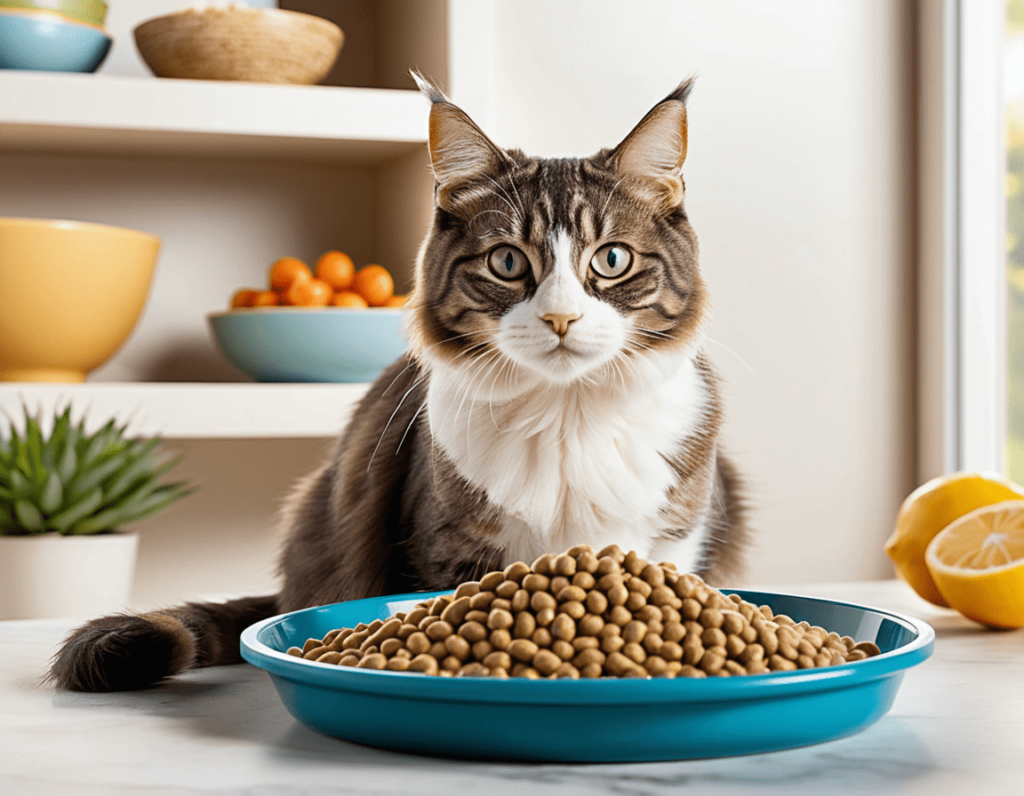
Let’s face it: your cat probably has higher standards than you do when it comes to mealtime. If you’ve ever had your furball turn up their nose at a fresh bowl of food or give you the “this isn’t tuna” stare, you know the struggle is real. Feeding your feline friend isn’t just about filling a bowl; it’s about finding the right balance between nutrition and taste and avoiding those silent judgy looks they give. Welcome to the wonderfully confusing world of cat food!
Types of Cat Food: Which is Right for Your Furry Diva?
There are three main types of cat food: dry, wet, and semi-moist. Each has its own pros, cons, and quirks, and each appeals to different types of cats (and their human parents). Let’s break it down:
- Dry Cat Food (Kibble): This is the “snack mix” of the cat world. Dry food is convenient, doesn’t spoil as quickly, and is often more affordable. Plus, it helps keep their teeth clean (a little). Just keep an eye on the ingredients because not all kibble is created equal.
- Wet Cat Food (Canned): If cats ran the world, they’d have canned food for every meal. It’s high in moisture (great for hydration), has a strong smell (which cats love), and is often tastier. However, it’s also pricier and can spoil if left out. Think of it as a gourmet dinner for your little furball.
- Semi-Moist Cat Food: This option is kind of like a happy medium, combining the chewiness of dry food with the moisture of wet food. While not as popular as the other types, some picky eaters find it irresistible. Just be careful—semi-moist foods sometimes contain extra sugars and salts to preserve them.
Fun Fact: Cats are obligate carnivores, meaning they need meat to survive. You won’t catch them voluntarily munching on a salad anytime soon!
Key Ingredients to Look For (and Avoid!)
With so many ingredients on cat food labels, it can feel like decoding a foreign language. But don’t worry—here’s a quick guide to help you figure out what’s healthy and what’s…questionable.
- Protein, Protein, Protein: Look for real meat as the first ingredient. Chicken, beef, or fish should top the list. Avoid “mystery meats” or vague terms like “meat by-products.”
- Taurine: Cats need taurine for healthy heart and eye function, and most quality cat foods have it. If it’s not listed, your kitty’s meal might be missing a crucial nutrient.
- Grains (Optional): Cats don’t need grains as much as dogs do, but some foods include grains like rice or corn for added bulk. If your cat has a sensitive tummy, consider going grain-free.
Ingredients to Avoid: Artificial colors, excessive fillers, and preservatives like BHA and BHT should be a no-go.
Common Cat Food Myths: Fact vs. Fiction
Let’s bust a few myths while we’re at it:
- “Cats love milk!”: Cute, but not true. Most cats are actually lactose intolerant, so that bowl of milk could lead to an upset stomach. (Your cat’s litter box will not thank you.)
- “All cats can eat human food.” Nope! Some human foods, like chocolate, onions, and garlic, are toxic to cats. Stick with food specifically designed for felines.
- “Wet food is too rich for my cat.”: Wet food can be great for cats, especially since it keeps them hydrated. Just balance it out with dry food if you’re worried about costs or convenience.
How Much Should You Feed Your Cat?
Cats have a reputation for being, let’s say, “enthusiastic” about food. However, it’s essential to avoid overfeeding, as obesity can lead to health issues. Check the feeding guidelines on your cat food packaging, but here’s a general rule of thumb:
- Kittens: Need more calories for growth—about 3-4 small meals per day.
- Adults: Two meals per day usually work well.
- Senior Cats: Older cats might benefit from smaller, more frequent meals to aid digestion.
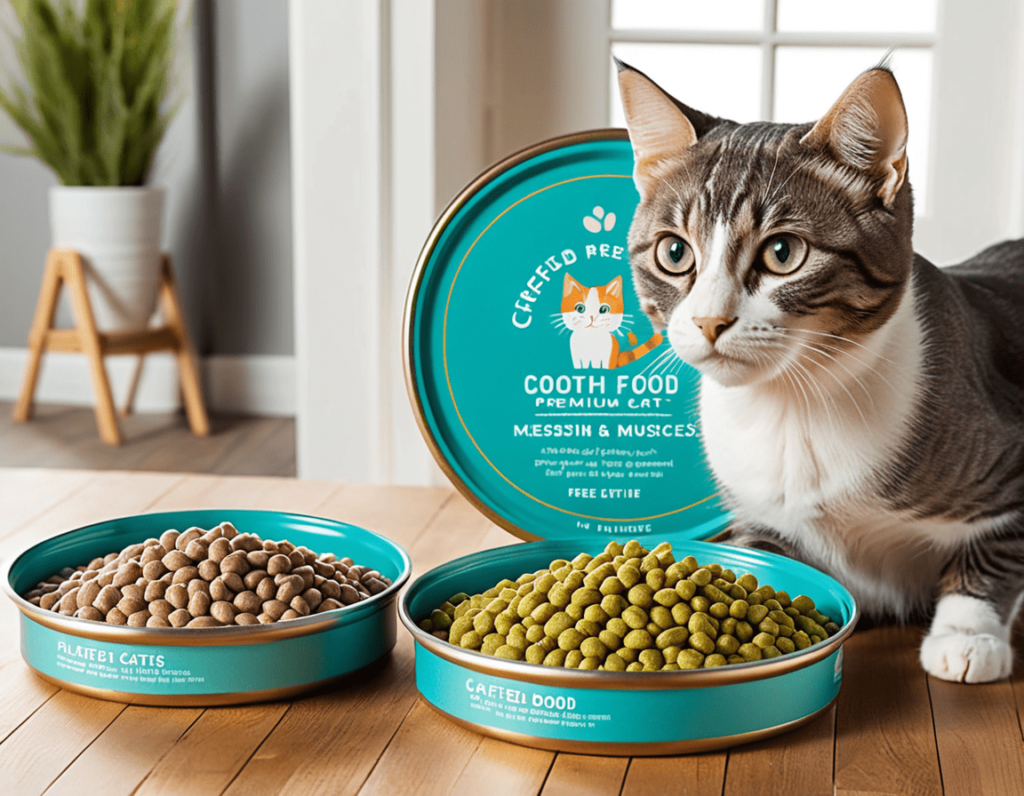
Treats and Snacks: Yay or Nay?
Cats love treats—there’s no denying that! Treats can be used for training, to make them happy, or just because they’re cute and we can’t resist. Just remember that treats should make up no more than 10% of their daily calorie intake.
Funny Note: Ever notice how your cat suddenly learns all the tricks when you pull out a treat? It’s like they go from “I don’t care” to “What can I do for you?” in seconds flat.
Final Thoughts: A Happy Cat is a Fed Cat
Feeding your cat might feel like a puzzle, but it’s worth finding the right fit. Whether they’re a fan of crunchy kibble or gourmet wet food, knowing what they like (and what they need) will make mealtime a treat for both of you. And remember: if you ever get that “this isn’t what I ordered” look, don’t take it personally—cats just like to keep us on our toes. After all, in their minds, they’re royalty… and you’re just the kitchen staff!
Bonus Tips: Making Mealtime Fun (Because Why Not?)
Cats may be picky, but they also love a little adventure. If you’re up for adding some excitement to your cat’s feeding routine, try these ideas:
- Puzzle Feeders: Cats are natural hunters, so engaging their “prey drive” can make mealtime more interesting. Puzzle feeders or treat-dispensing toys encourage your cat to work a bit for their food, keeping their mind sharp and adding some entertainment.
- Rotating Flavours: Just like us, cats can get bored with the same flavors. Try switching between chicken, salmon, and beef to keep their taste buds happy. (But transition slowly if you’re changing brands, as sudden changes might upset their stomach.)
- Warm It Up: For wet food, try warming it up a little (but not too hot!) to enhance the aroma. It’s a simple trick that can make their meal extra enticing.
What to Do if Your Cat Refuses to Eat
We all know cats can be divas, but if your cat is persistently refusing food, it could be a sign of a health issue. Cats are prone to something called hepatic lipidosis (also known as fatty liver disease), which can develop if they stop eating for even a few days. If your cat turns up their nose at meal after meal or you notice unusual behavior, don’t hesitate to consult your vet.
Cat Logic 101: Sometimes, cats will snub a new food, only to start gobbling it down as soon as you order a huge supply. (Who said they aren’t aware of what we’re up to?)
Wrapping It Up: You’re Not Just Feeding a Cat—You’re Catering to a Queen (or King!)
Feeding your cat isn’t just about nutrition; it’s a daily ritual, a bonding experience, and—let’s face it—a little bit of a guessing game. By understanding the types of cat food, knowing what ingredients to look for, and adding a little variety now and then, you’ll keep your cat happy, healthy, and just a little bit spoiled (as they should be).
So, next time you find yourself staring at a dozen different bags and cans of cat food at the store, remember: you’re doing this for that regal creature waiting at home, who will give you the world’s biggest purr right after they’ve eaten.
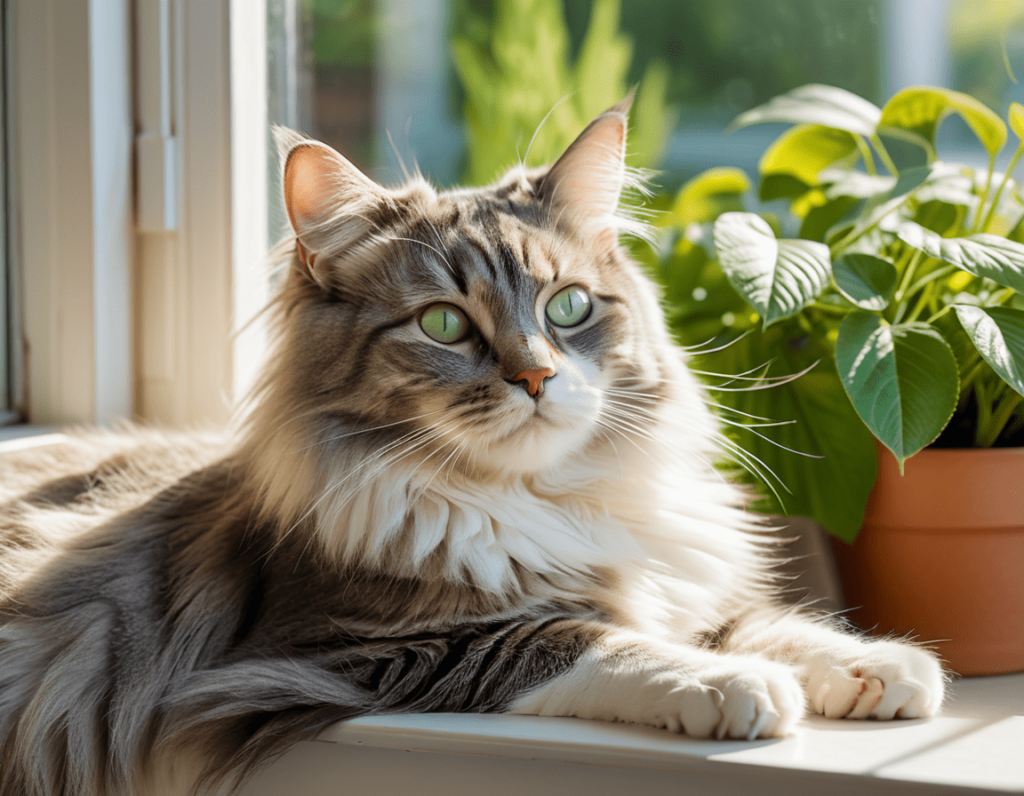
FAQs About Cat Food
1. How often should I feed my cat?
Answer: For most adult cats, feeding twice a day is ideal, once in the morning and once in the evening. Kittens, on the other hand, need more frequent meals—typically 3-4 times a day due to their high energy and growth needs. Senior cats may also benefit from smaller, more frequent meals to aid digestion. Always consult your vet for specific recommendations based on your cat’s age, weight, and health.
2. Is dry or wet food better for cats?
Answer: Both dry and wet food have their advantages. Dry food is convenient, less expensive, and helps with dental health. Wet food, however, has a high moisture content, which is great for hydration, especially for cats who aren’t big drinkers. Many cat parents opt for a mix of both, providing dry food for grazing and wet food for meals. The key is to choose a high-quality option with meat as the main ingredient.
3. Can I give my cat human food as a treat?
Answer: Some human foods are safe for cats in moderation—like plain cooked chicken or fish—but many are toxic. Avoid giving your cat chocolate, onions, garlic, grapes, and dairy, as these can cause serious health issues. If you want to treat your cat, it’s best to stick with cat-specific treats that are formulated for their nutritional needs.
4. Why is my cat a picky eater?
Answer: Cats can be finicky eaters due to several reasons, including taste, texture, and even temperature. They have strong opinions on food (as we all know!), and sometimes a change in flavor or brand can throw them off. To encourage them to try new foods, warm up wet food a little to release its aroma, and introduce new flavors gradually. Remember, though: sudden, persistent refusal to eat can be a sign of a health issue, so check with a vet if it continues.
5. Should I go grain-free for my cat’s food?
Answer: Grain-free diets are popular among pet owners, but they aren’t necessary for all cats. Cats are obligate carnivores, meaning they need animal protein, not grains. However, some cats may benefit from grain-free food if they have food sensitivities. Grain-free diets should still be high in quality proteins and low in fillers.
6. How much should I feed my cat?
Answer: This depends on your cat’s weight, age, and activity level. Generally, cats need around 20 calories per pound of body weight per day. Most cat food packaging provides feeding guidelines based on weight, but it’s a good idea to consult your vet for personalised advice. Avoid overfeeding, as obesity can lead to health problems.
7. What ingredients should I avoid in cat food?
Answer: Look out for fillers like corn, soy, and wheat, as they don’t provide much nutritional value for cats. Artificial colours, flavours, and preservatives (such as BHA and BHT) should also be avoided. Stick to foods with real meat as the first ingredient and essential nutrients like taurine.
8. Do cats need vitamins or supplements?
Answer: Most high-quality commercial cat foods are balanced and complete, meaning they contain all the essential nutrients your cat needs. However, if your cat has specific health concerns (like joint issues or a sensitive stomach), a vet may recommend additional supplements. Always consult your vet before adding supplements to avoid potential overdosing on certain vitamins.
9. Can I change my cat’s food brand or flavour?
Answer: Yes, but it’s best to introduce new food gradually. Cats have sensitive stomachs, and a sudden switch can lead to digestive upset. Mix a small amount of the new food with their current food, gradually increasing the new food over a week. This approach helps them adjust without any tummy troubles.
10. Is raw food safe for cats?
Answer: Raw food diets are a controversial topic. Some believe raw diets can be more “natural” for cats, but there are risks associated with bacteria like salmonella and E. coli. Raw food also requires careful handling and proper preparation. If you’re interested in a raw diet, consult a vet to ensure it’s safe and nutritionally balanced.
11. Why does my cat always seem hungry?
Answer: Some cats, especially indoor ones, may overeat out of boredom or habit. Cats are natural hunters and would typically eat multiple small meals throughout the day in the wild. Feeding on a schedule, offering puzzle feeders, and playing with your cat regularly can help control their appetite.
12. Are vegetarian or vegan diets safe for cats?
Answer: No, cats are obligate carnivores and require nutrients found only in animal products, like taurine and arachidonic acid. These nutrients are essential for their health, and a plant-based diet cannot provide them naturally. Feeding a vegetarian or vegan diet to a cat can lead to severe nutritional deficiencies and health problems.
Final Thought: Cats Will Be Cats!
Cats have their quirks, especially when it comes to food. Finding the right diet is about balancing their nutritional needs with their preferences (and occasional fussiness). Whether they’re eating dry, wet, or a mix, the goal is to keep them healthy, happy, and—of course—well-fed!

